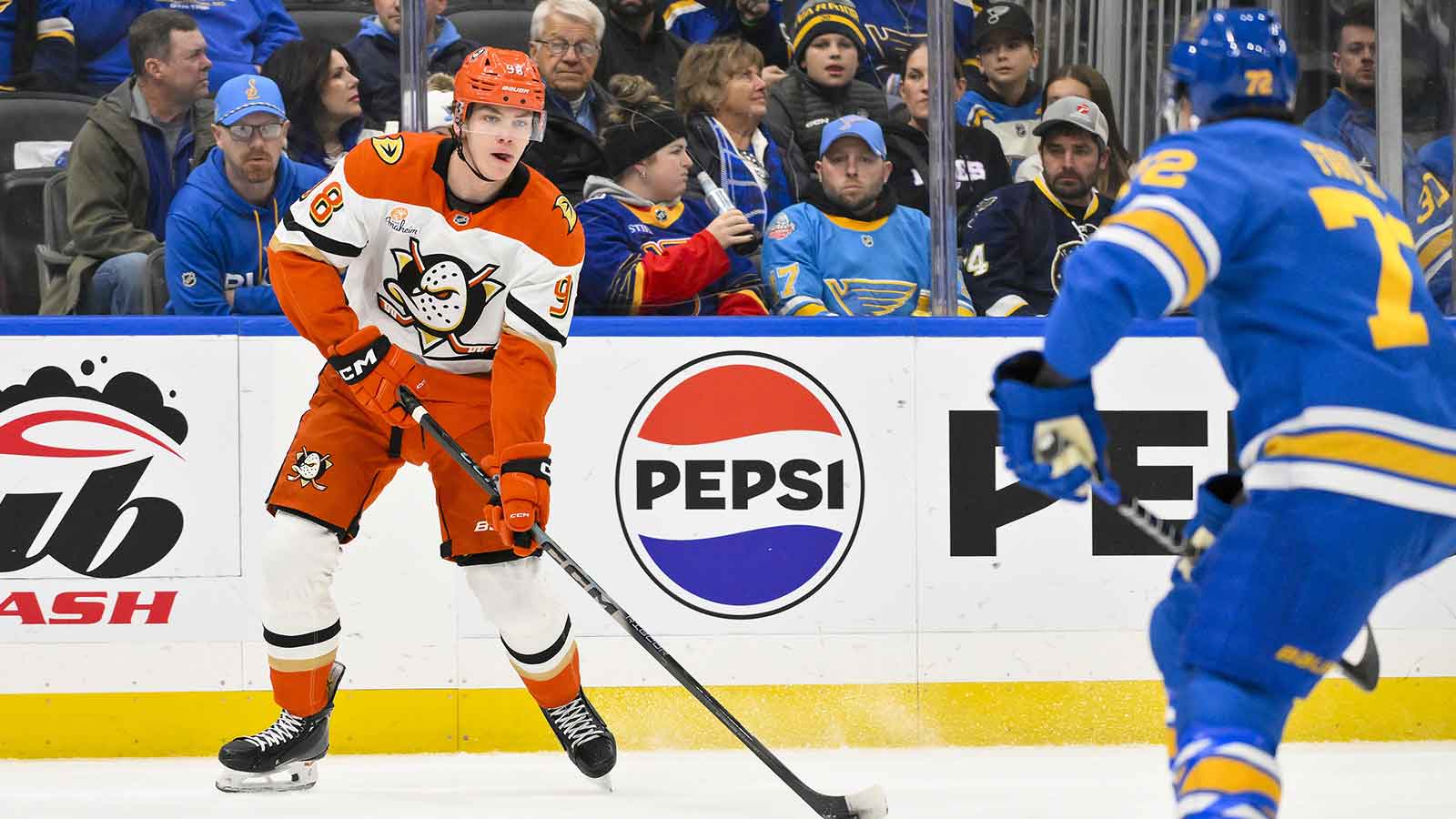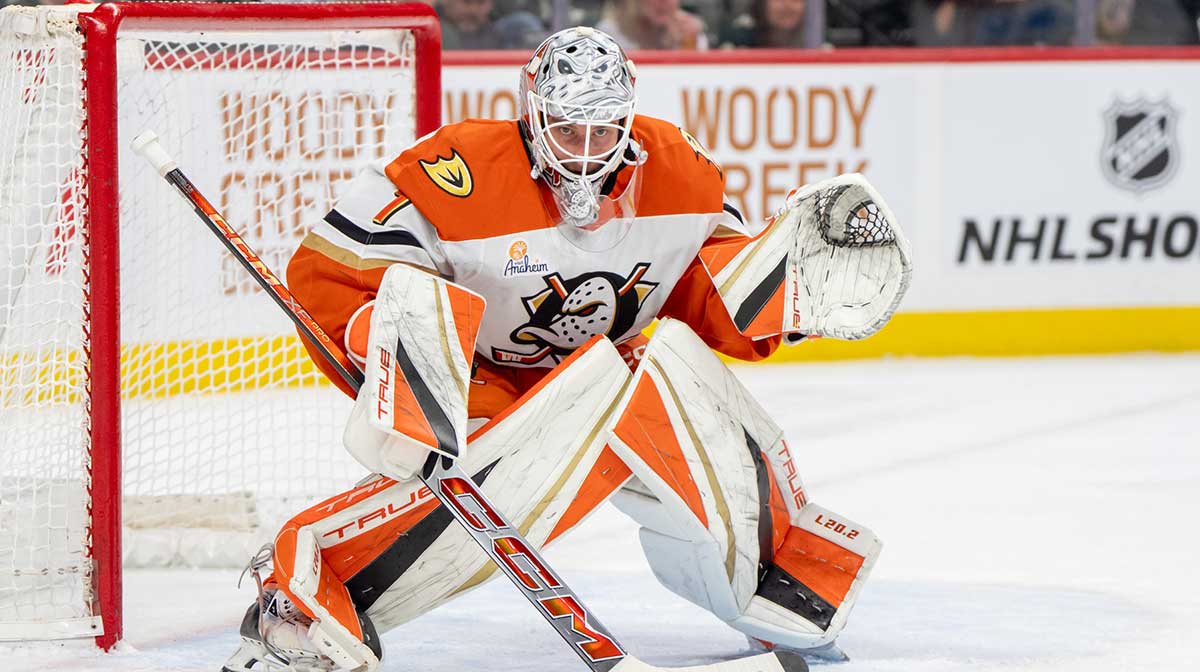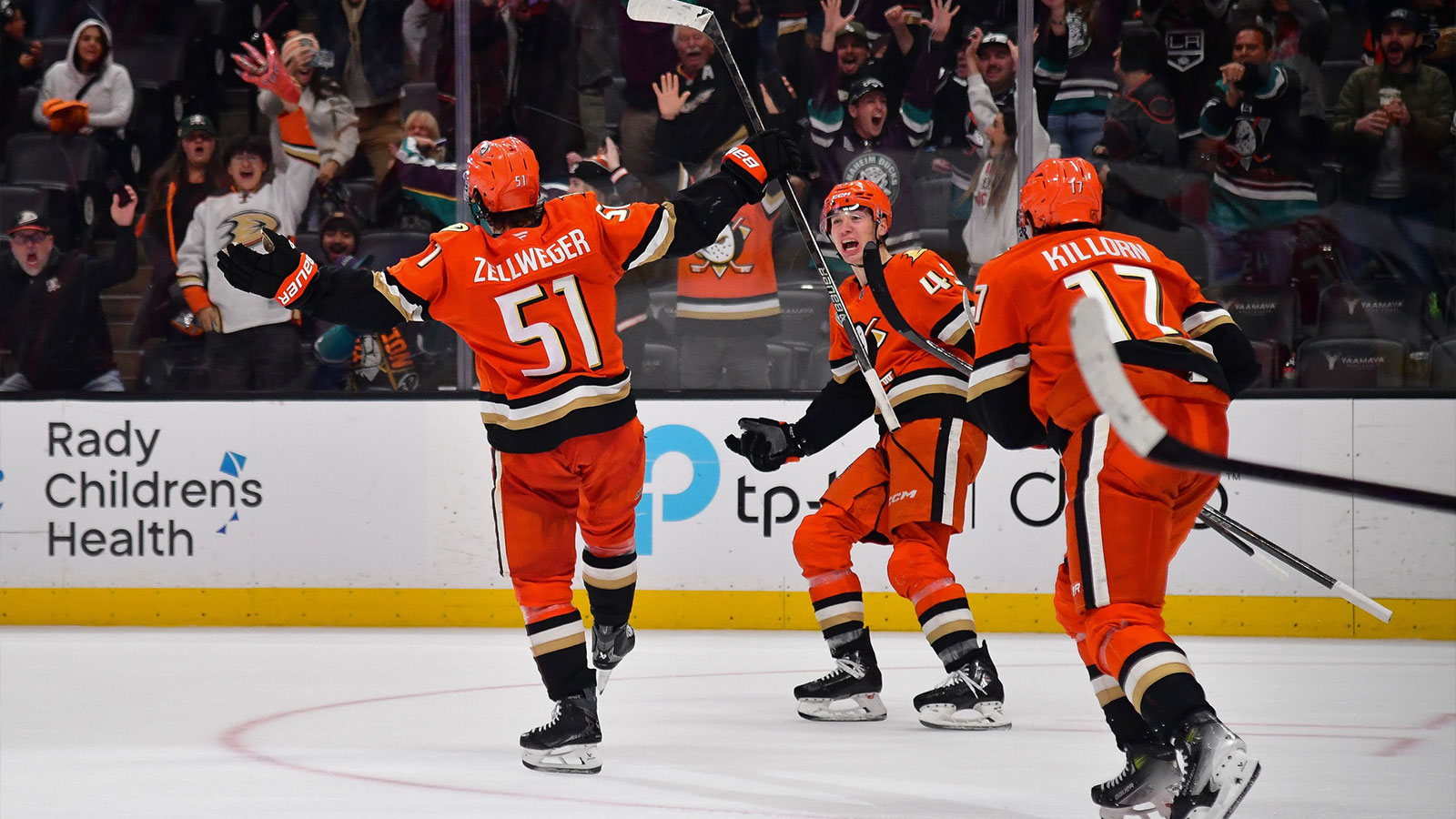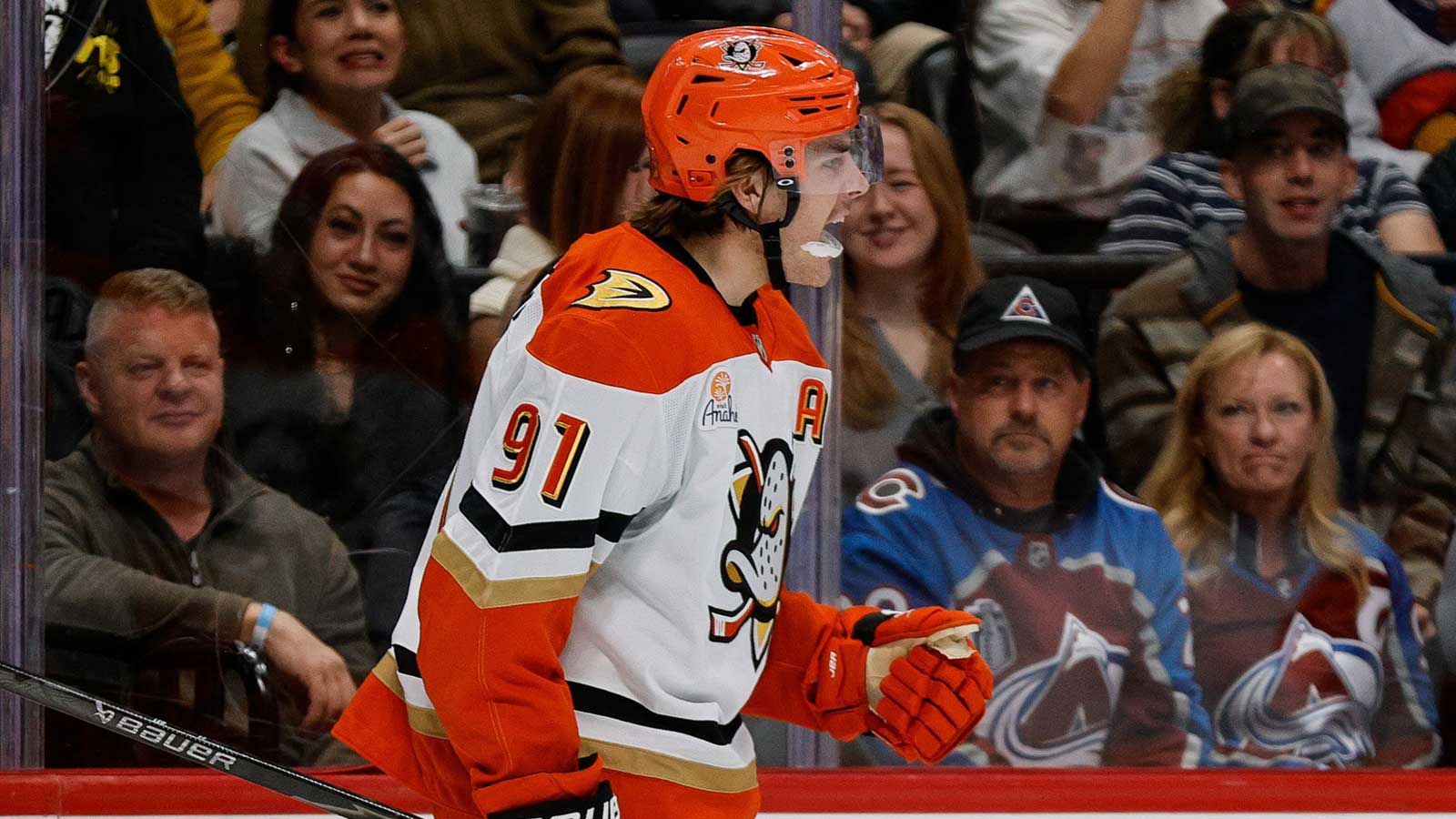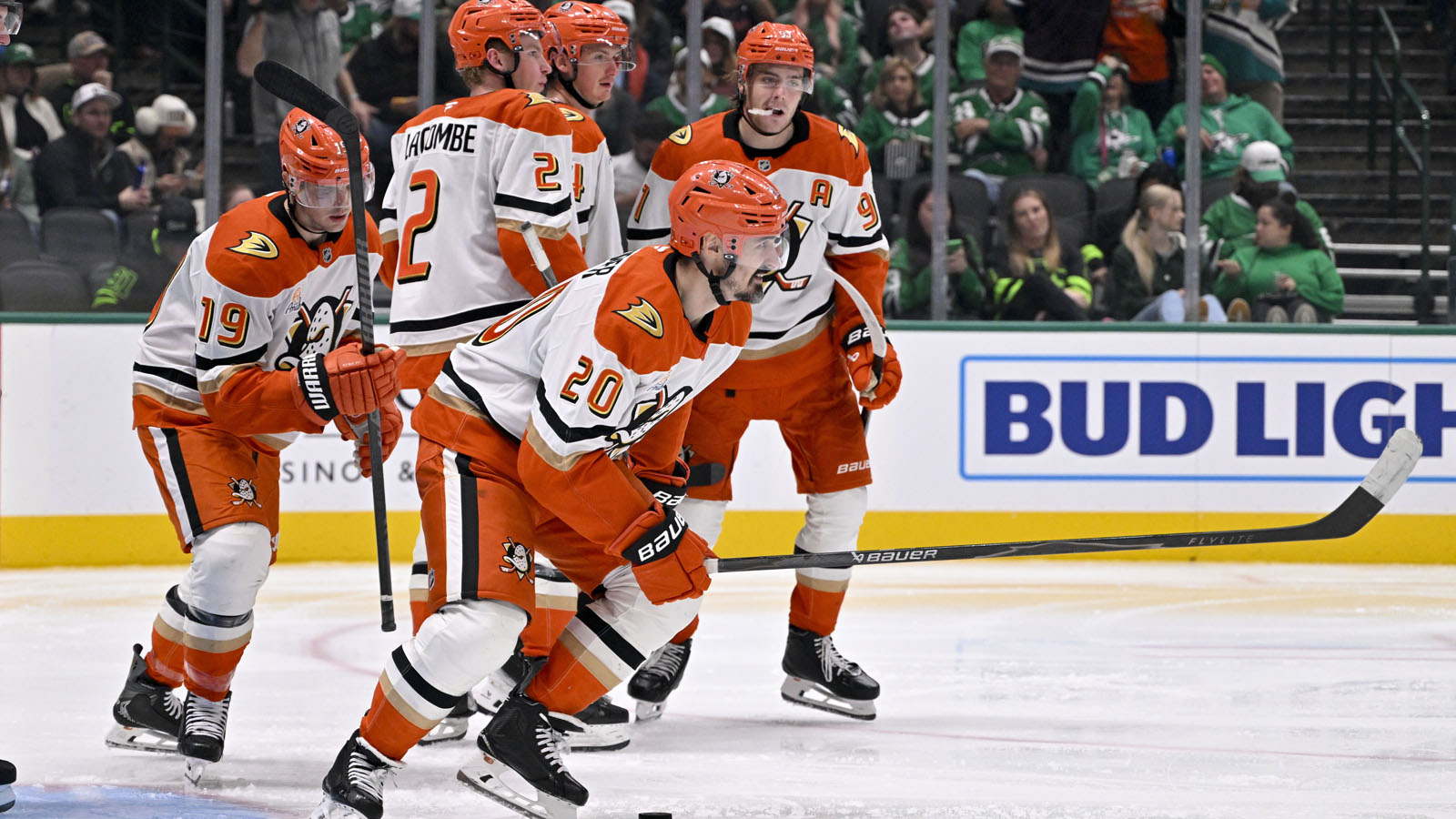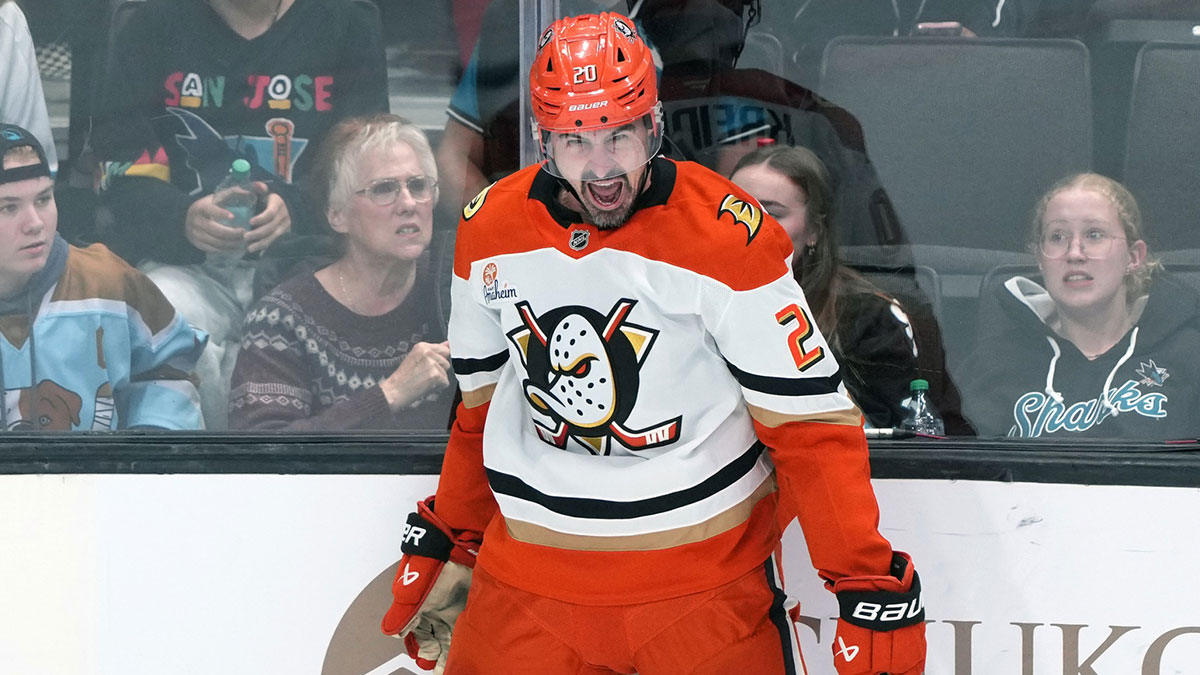The Anaheim Ducks are going to be a very good hockey team in the very near future — but that future is going to take a few years to materialize, and they made some very questionable moves by giving term to two aging veterans in forward Alex Killorn and defenseman Radko Gudas this summer.
Ducks GM Pat Verbeek signed Killorn to a four-year, $25 million contract when the free agency period opened on July 1, and inked Gudas to a three-year, $12 million pact. That's $37 million given to two players who are 33-years-old, and undoubtedly, coming to the twilight of their careers.
The signings will absolutely make the team better in the short-term, but to what end? The Anaheim Ducks are not a team that will be sniffing the playoffs in the next two-to-three years, at the least, in a tough Western Conference. So what is the point of giving term to two aging players who will likely be ineffective when the team is really ready to compete for a playoff spot?
Giving term to veterans is questionable
With the NHL's salary cap set to increase significantly next year, a ton of players were signed to one-year deals; a show-me year and the opportunity to ink much more lucrative contracts next offseason. Just look at players like Matt Duchene, Tyler Bertuzzi, Max Domi and Jason Zucker.
And they weren't the only ones. A ton of contracts signed on July 1 or just after were in the one-to-two year range, as player, GM and agent alike realized what the market will look like in a year's time.
Under normal circumstances, a rebuilding team giving term to veterans is questionable, but it is even more glaring in the 2023 market. What Verbeek is doing here just doesn't really make sense. He is making his team better in the short-term, certainly, but they still aren't good enough to make the playoffs barring a miracle.
Alex Killorn and Radko Gudas will be closer to 40 than they are to 30 when these contracts expire, and even if the Ducks are a postseason contender by then, the two 37-year-olds will likely be ineffective players due to their age. The Ducks should be letting the kids play, not signing 33-year-olds to long-term contracts that are sure to age poorly.
Alex Killorn contract grade: C
Alex Killorn is an excellent player, that point is not up for debate. He is a two-time Stanley Cup champion with the Tampa Bay Lightning, responsible at both ends of the ice, and will definitely be a good mentor to the young players in the Ducks's system.
Still, Killorn was given the second-largest cap hit among non-extension contracts this summer, per Matt Larkin of Daily Faceoff, and that's just hard to justify. He's coming off a career year where he scored an impressive 27 goals and 64 points in 82 games for the Bolts, but that production will not be sustainable with linemates who aren't Nikita Kucherov, Brayden Point or Steven Stamkos.
This contract is probably an overpayment in both term and money, but more on the side of the former. Killorn being paid $25 million over four years isn't ludicrous, especially considering his track record and durability over the years. But four years for a player who is unlikely to replicate even close to the success he had in Tampa Bay is a head-scratcher.
Alex Killorn played with Stamkos and Anthony Cirelli for most of the past two seasons, and regardless of where he slots in, whether that be with Trevor Zegras or not, he will struggle to eclipse the 60-point mark. And that's in his age-34 season. That cap hit is also going to block a few young players in the system when they play out their entry-level contracts in the next few years.
Radko Gudas contract grade: C-
Radko Gudas' situation is very similar to Killorn's, although he is a completely different player. The fearsome Czech defenseman was previously signed to a three-year deal with the Florida Panthers, and even then, at age 30, that was a controversial contract.
Three seasons later, and three more gruelling NHL campaigns that included a trip to the Stanley Cup Final in 2023, and Gudas was given a $1.5 million raise by the Ducks at age 33.
With Kevin Shattenkirk moving on, Gudas will certainly be valuable as the longest-tenured veteran on the blueline, but it again bets the question: for what? By the time the Ducks are seriously ready to compete, Gudas will probably either be in the last year of his contract or have played it out completely. He is a perfect playoff third-pairing D-man, but he is unlikely to see any postseason minutes with a rebuilding team.
And, again, Gudas will block roster spots for the numerous defensive prospects in Anaheim. That will be even more glaring when a few of them come off their entry-level contracts. The 33-year-old is a role player, and although he became a fan favorite for his unrelenting playoff style, he is not worth $4 million per year.
Radko Gudas is a physical, stay-at-home defenseman, but after a long and bruising NHL career, it's hard to think he will still be effective when he's 36-years-old.
Overall, Anaheim Ducks GM Pat Verbeek made two very questionable calls by giving Killorn and Gudas term in a summer where not many players were getting it. The only way this will pay off is if the Ducks go ahead of schedule and become a playoff contender in the next three years; that's a place where both of these veterans could be crucial in getting them to the next level.








